Diamond Naturals Large Breed Puppy Lamb & Rice Formula Dry Dog Food
Specifically formulated to meet the nutritional needs of your large breed puppy, this formula contains DHA for proper brain and vision development. Precise protein and mineral content, along with omega fatty acids and antioxidants, help support your large breed puppy’s growth and development. L-Carnitine helps to convert protein and fat into energy for a healthy body condition.
Specifically formulated to meet the nutritional needs of your large breed puppy, this formula contains DHA for proper brain and vision development. Precise protein and mineral content, along with omega fatty acids and antioxidants, help support your large breed puppy’s growth and development. L-Carnitine helps to convert protein and fat into energy for a healthy body condition.
- Appropriate nutrient levels to fuel larger growing bodies
- Calcium and phosphorus for bone and joint development
- DHA for proper brain and vision development
- L-Carnitine helps convert fat to energy
- Enhanced with superfoods and guaranteed probiotics
Additional information
| Country of Origin | Made in USA |
|---|---|
| Breed Size | Large |
| Flavor | Lamb and Rice |
| Health Features | Brain Health, Bone Health, Hip & Joint Health, Immune System Support, Vision Health, Digestion Support |
| Life Stage | Puppy |
| Primary Flavor | Rice, Lamb |
| Special Diets | Probiotics, Includes DHA |
| Manufacturer Part Number | 117 |


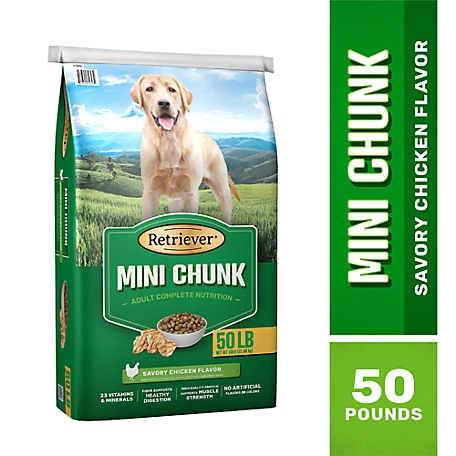
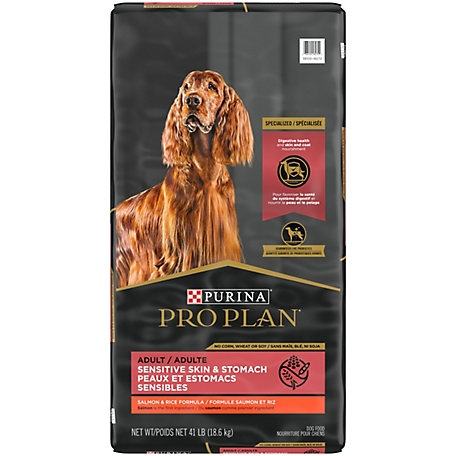

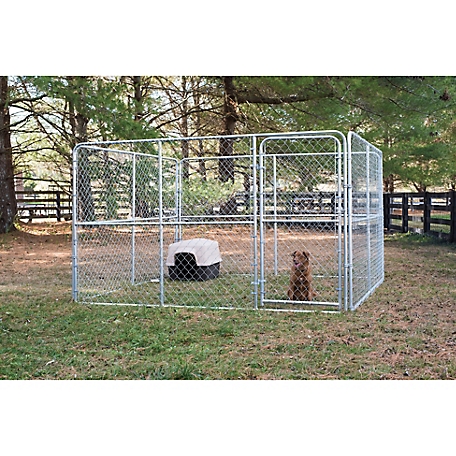
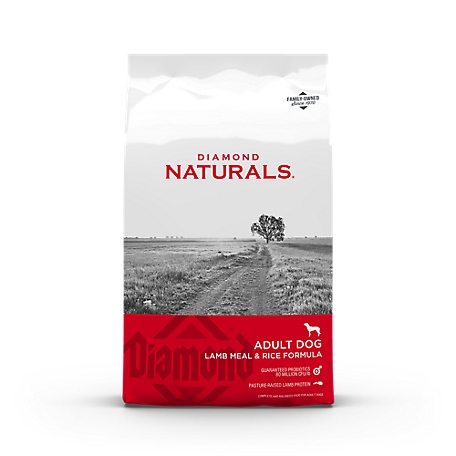

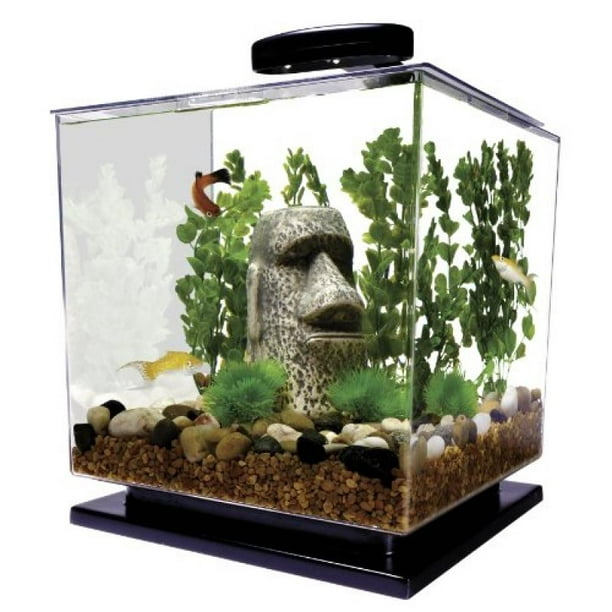

by Doug
Good food for puppies. The breeder started them on it and we didn’t want to change it.
by Rakun
Good food for puppies. The breeder started them on it and we didn’t want to change it.
by Krystal
Great quality food.
by Stay
New great dane puppy is doing great.
by Jacqueline
Extremely fast shipping & easy to order!